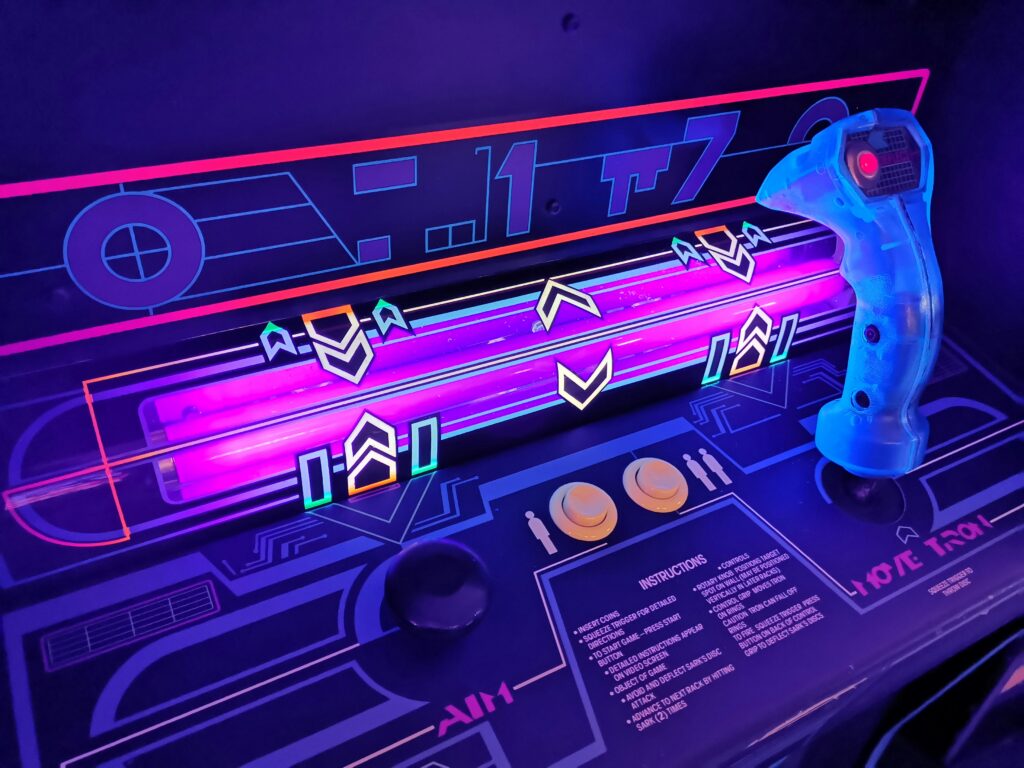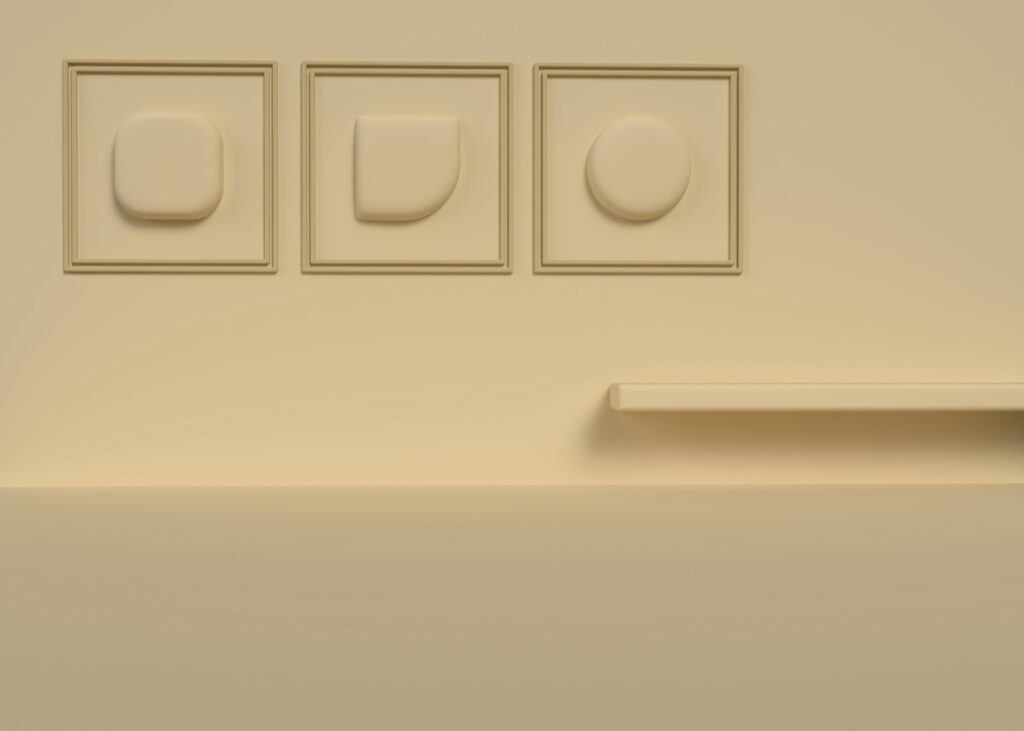The Core of In-Game Mastery
Most players try to wing it. They lean on instinct, reaction, and a vague sense of timing. It works—until it doesn’t. That’s the difference between someone who plays and someone who plays to win.
Mastery starts with mechanics. Not the flashy stuff, not the clutch plays—just the raw core: how movement flows, how aiming feels under pressure, how hitboxes and cooldowns actually work. When you understand the rules under the hood, you stop guessing and start controlling outcomes. That’s how you gain consistency, not just lucky streaks.
Then there’s muscle memory. The only way to build it is repetition. Lots of it. Think of it like reps in a gym—technique matters more than volume. You don’t need all night; you need 30 focused minutes a day. Snap aim drills, movement maps, target tracking—it’s boring until it pays off mid-match.
Here’s the truth: basics aren’t basic. They’re the foundation. Players who skip them end up stuck. The serious ones master them early and refine them constantly. That’s the skill gap most people don’t see until it’s too late.
Tip 1: Perfect the Fundamentals
It all starts with movement, aim, and camera control. These aren’t flashy skills—they’re foundational. Every wrong turn, every overcorrection, every panicked drag of the mouse slows you down and opens you up to mistakes. If you want to win, clean control has to be second nature.
Strip down your inputs. If you’re hitting five keys when one will do, you’re wasting time and brain space. Streamline your sensitivity settings. Standardize your crosshair placement. Turn your camera deliberately, not frantically. The goal is smooth mechanics that don’t break under pressure.
Before you jump in-game, warm up properly. Ten minutes of aim tracking. Recoil control drills. A few rounds in a no-pressure bot match to flick the rust off. No one skips warm-up in real sports. Gaming’s no different.
Master these basics first. Everything else stacks on top.
Tip 2: Train Your Reflexes the Right Way
In competitive play, reaction time isn’t just a nice-to-have—it’s a baseline. Whether you’re flicking onto a target in an FPS or countering a combo in a fighter, those extra 100 milliseconds can mean win or lose. High-level players don’t just rely on raw speed; they condition their response systems like athletes. That’s where real progress begins.
Start with drills that isolate reflex and input timing. For FPS players, tools like Aim Lab or Kovaak’s are no longer optional—they’re training staples. For broader reflex improvements, use apps like Reaction Time Test or 3D Aim Trainer for short, focused bursts. Gamers in fast-paced MOBAs or RTS titles benefit from cognitive trainers like Neurotracker or Human Benchmark. The point isn’t volume. It’s intensity and focus.
A few simple drills:
- Fast cue-response tapping: Helps with basic reaction speed
- Aiming against unpredictably moving targets: Sharpening tracking and hand-eye
- Pattern recognition under time pressure: Builds decision-making speed
Do 10-15 minutes daily with purpose. More than that and you’re just grinding mental sludge. Efficiency beats burnout.
Want the full breakdown? Check the deep dive: How to Boost Your Reflexes in High-Intensity Gaming
Tip 3: Learn from the Best—The Right Way
Learning from top-tier players can dramatically accelerate your development—but there’s a method to it. Simply watching streams or tournaments won’t cut it if you’re passively observing. To learn effectively, you need to align your viewing with a purpose.
What to Look for When Watching Gameplay
Rather than just focusing on flashy plays or high kill counts, observe the decision-making that leads to those moments.
- Positioning: How does the player move through the map, and why?
- Timing: When do they engage, retreat, or use key abilities?
- Resource Use: Pay attention to how players manage ammo, cooldowns, or in-game currency
- Team Coordination: Note communication choices, especially in team-based games
Breaking Down Pro Play into Lessons
Once you’ve identified interesting moments or techniques, break them into actionable takeaways:
- Clip key sequences: Pause and replay situations to study micro-decisions (e.g., crosshair placement or timing on a peek)
- Take notes: Write down tactics or ideas you can experiment with
- Simulate scenarios: Try recreating similar situations in your practice sessions or custom games
Copy, Adapt, Then Evolve
Mimicking the pros can help bridge the gap between knowledge and application—but don’t stop there. Use what you learn as a base, then refine it to suit your strengths, playstyle, and preferences.
- Copy: Start by replicating successful strategies or movements
- Adapt: Tweak your approach based on your skill level, game sense, and preferred roles
- Evolve: Over time, refine those techniques into a personalized playstyle that stands on its own
The best players aren’t just imitators—they’re innovators. Study intentionally, practice deliberately, and over time, become the kind of player others want to learn from.
Tip 4: Tactical Thinking Beats Raw Skill
Aim and reflexes can carry you for a while—but if you want to win consistently, you need to think like a tactician. This means learning the maps like the back of your hand. Understand the common chokepoints, power positions, rotation paths, and spawn zones. Good map knowledge lets you control the flow of a match instead of reacting to it.
Next comes the meta. Every game has one—the dominant strategies, agents, weapons, or loadouts that most players lean into at any given time. Don’t just follow the meta blindly. Understand why it works and how to counter it. Sometimes, going off-meta intelligently is how you catch predictable players off guard.
Great players also read people. Watching habits, timing, and movement patterns of opponents can give you a mental edge. That guy who always peeks wide right? He’s a liability once you recognize the pattern. Build mental snapshots of your enemies and adjust your approach on the fly.
In pressure situations, decision-making often crumbles. Simplify. Instead of trying to calculate ten moves ahead, reduce decisions to priorities: survive, position, punish. Make the smart play—not the flashy one. Efficiency beats panic.
Fast is good. Smart is better. If you’re thinking clearly while everyone else is scrambling, you win before the fight even starts.
Tip 5: Practice Smarter, Not Longer
Endless grind sessions might look tough, but they’re rarely efficient. Structured practice beats marathon gaming—every time. Think intervals, not endurance. Break your sessions into focused blocks: maybe 30 minutes on movement drills, 15 on aiming precision, then a cooldown scrim or match. Set clear goals before you start. What specific mechanic are you improving? What outcome are you measuring?
This leads to the next point: build your own personal training routine. What’s your weak spot? That’s where your reps go. Plug it into a weekly calendar just like a workout plan. Too many players wing it—and plateau.
And don’t just play. Record your sessions. Watch them back. Identify your patterns, your misses, your slow calls. Looking at your own play with a critical eye feels brutal at first, but it’s pure gold for skill growth. Feedback loops matter—record, review, repeat.
Smart practice isn’t about more hours. It’s about making the hours mean more.
Final Word: Consistency Is Your Power Move
Grinding for eight hours on Saturday only to disappear for a week doesn’t cut it. Not if you want real progress. In-game skill—like anything worth having—is built through daily, focused reps. Show up every day, even if it’s just for 30 minutes. Practice with intent. Review what’s working. Tweak what isn’t.
The gains may seem small at first. One cleaner flick. One smarter rotation. But over time, those micro-wins add up. Track your matches, track your inputs, track your mindset. You’ll start to notice patterns—and growth. That’s the goal: a steady upward trend, not a single viral performance.
And here’s the punchline: how you train shows up everywhere. The focus you bring to a session? That’s the same attention you bring to school, work, or anything else you care about. Discipline is transferable. Win the practice room, and the rest follows.
Bottom line: don’t wait to feel inspired. Just show up. Each day, sharpen the edge.




